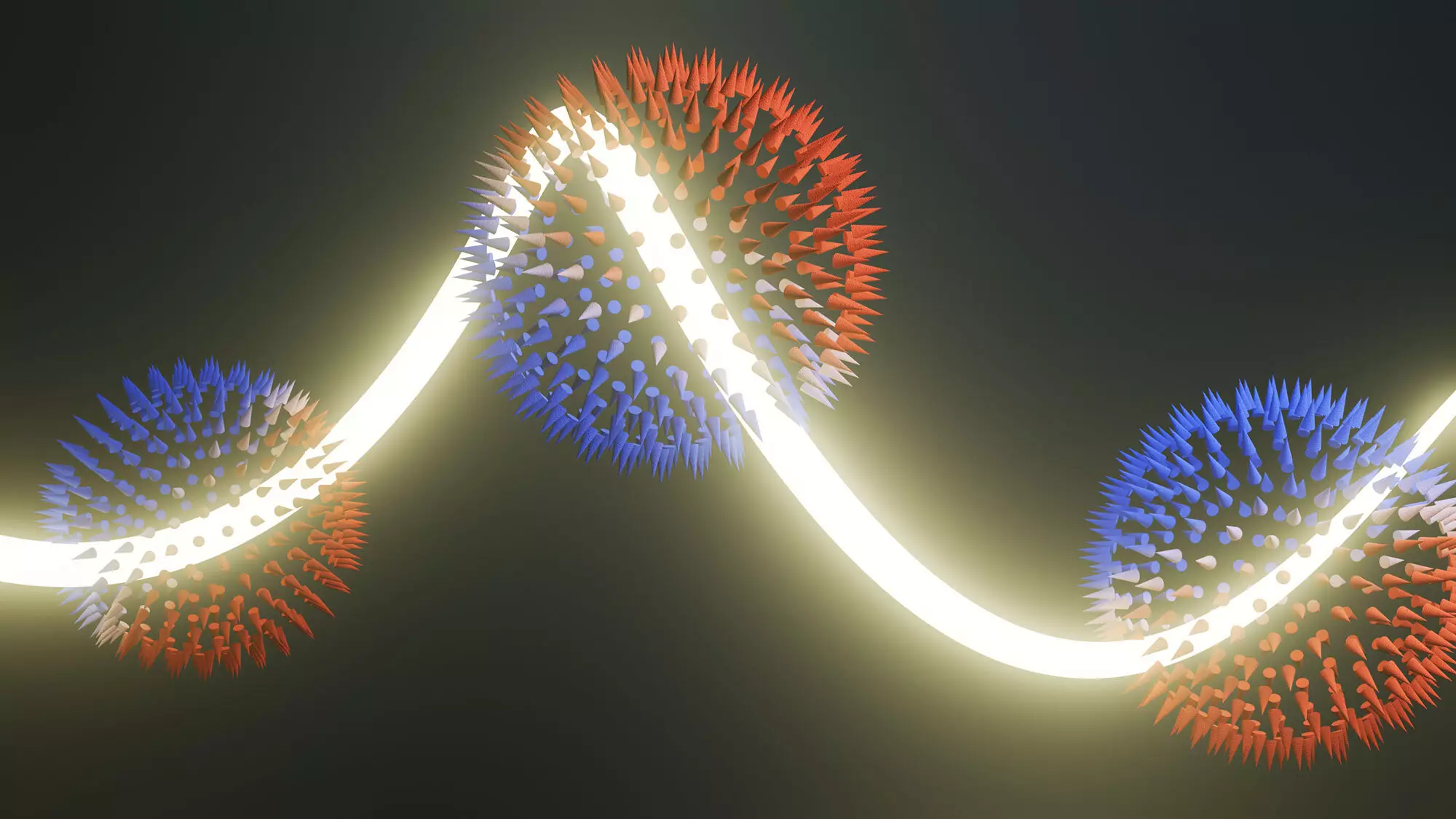The realm of electronics has long depended on the fundamental particle, the electron, particularly its charge, to facilitate the flow of information. However, as the quest for more sustainable and energy-efficient alternatives intensifies, researchers are turning their attention to the intriguing properties of electrons beyond their charge. Among these properties lies the concept of orbital angular momentum (OAM), a field emerging as “orbitronics.” Orbitronics presents the potential to revolutionize technology by harnessing the OAM of electrons, thereby offering a promising alternative to traditional electronics and spintronics, which utilizes the spin of electrons for information transfer.
Significant advancements in the understanding of OAM have emerged from rigorous theoretical frameworks and empirical investigations. Recently, a collaboration led by scientists from the Paul Scherrer Institute (PSI) and Max Planck Institutes in Germany made substantial strides in demonstrating the existence of OAM monopoles. This discovery, published in *Nature Physics*, marks a pivotal moment in orbitronics research, bringing theoretical constructs into the realm of tangible experimentation.
Chiral topological semi-metals—materials recognized for their unique helical atomic structure—have garnered attention for their potential to generate flows of OAMs. The intrinsic characteristics of these materials could facilitate the natural emergence of OAM textures, urging researchers to explore their application within the context of orbitronics. As Michael Schüler, a prominent researcher in the field, elucidates, the advantage of utilizing chiral topological semi-metals lies in their inherent properties that yield OAM textures without the need for external stimuli. This intrinsic nature could simplify the creation of stable and efficient OAM currents, reducing environmental impact in future electronic devices.
At the heart of this inquiry lies the concept of OAM monopoles, which have captured the attention of the scientific community. These monopoles have a “spike-like” configuration, resembling a hedgehog bristling with spikes, where OAM flows isotropically away from a central point. This isotropic nature enables the creation of OAM currents in any direction, a remarkable property that could be instrumental for future technological applications. Despite their intriguing theoretical implications, until recently, OAM monopoles existed primarily as elusive aspirations rather than observed phenomena.
To observe these monopoles experimentally, researchers have relied on a sophisticated technique known as Circular Dichroism in Angle-Resolved Photoemission Spectroscopy (CD-ARPES). This method employs circularly polarized light from synchrotron sources to examine how materials respond at the electronic level. However, past attempts to correlate theoretical predictions with experimental data have often fallen short due to complexities in measurement and interpretation.
In their groundbreaking study, Schüler and his team meticulously dissected the relationship between photon energy and the CD-ARPES signals. They examined specific types of chiral topological semi-metals that included palladium and gallium, and platinum and gallium. In an effort to disentangle the complex interplay of factors influencing the measurements, the researchers challenged prevailing assumptions, leading to the critical realization that the CD-ARPES signal did not correlate straightforwardly with OAMs. Instead, it revealed directional properties dependent on variations in photon energy.
This meticulous approach allowed the research team to uncover the presence of OAM monopoles, thereby filling a significant gap between theoretical expectations and experimental validation. The collaboration culminated in the discovery that applications of mirror-chiral crystals can manipulate the polarity of these monopoles, creating a dynamic range of potential directions for OAM flows. This thrilling finding paves the way for innovative orbitronics devices capable of operating in diverse configurations.
The successful identification and understanding of OAM monopoles mark a significant milestone for the evolution of orbitronics. With the promising properties of chiral topological semi-metals, researchers are now equipped to explore novel applications that could transform the industry. As the world increasingly seeks energy-efficient solutions, orbitronics offers a compelling pathway to develop devices that minimize environmental impacts.
With rigorous theoretical insights complementing empirical data, the scientific community is poised to delve deeper into the properties of OAM textures. Potential next steps include identifying other materials that could support these technologies and exploring practical applications that harness their unique capabilities. As orbitronics continues to evolve, it stands to challenge the traditional landscape of electronics and reshape our understanding of information transfer in an increasingly complex digital age. The dawn of this new frontier heralds exciting possibilities for innovation in technology, promising a future where efficiency and sustainability coexist harmoniously.


Leave a Reply